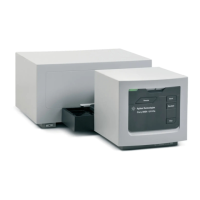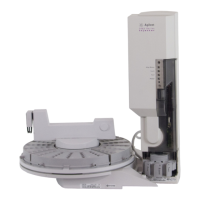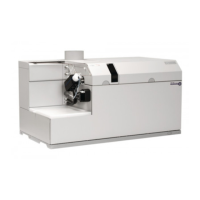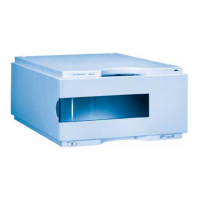156
Solvent Information
Solvent Information
Observe the following recommendations on the use of solvents.
Flow Cells
Avoid the use of alkaline solutions (pH > 9.5) which can attack quartz and
thus impair the optical properties of flow cells.
Solvents
Always filter solvents, small particles can permanently block capillaries.
Avoid the use of the following steel-corrosive solvents:
• Solutions of alkali halides and their respective acids (for example, lithium
iodide, potassium chloride, and so on).
• High concentrations of inorganic acids like nitric acid, sulfuric acid
especially at higher temperatures (replace, if your analysis method allows,
by phosphoric acid or phosphate buffer which are less corrosive against
stainless steel).
• Halogenated solvents or mixtures which form radicals and/or acids, for
example:
2CHCl
3
+ O
2
→ 2COCl
2
+ 2HCl
This reaction, in which stainless steel probably acts as a catalyst, occurs
quickly with dried chloroform if the drying process removes the
stabilizing alcohol.
• Analysis-grade ethers, which can contain peroxides (for example, THF,
dioxane, di-isopropylether) such ethers should be filtered through dry
aluminium oxide which adsorbs the peroxides.
• Solutions of organic acids (acetic acid, formic acid, and so on) in organic
solvents. For example, a 1-% solution of acetic acid in methanol will attack
steel.
• Solutions containing strong complexing agents (for example, EDTA,
ethylene diamine tetra-acetic acid).
• Mixtures of carbon tetrachloride with 2-propanol or THF.

